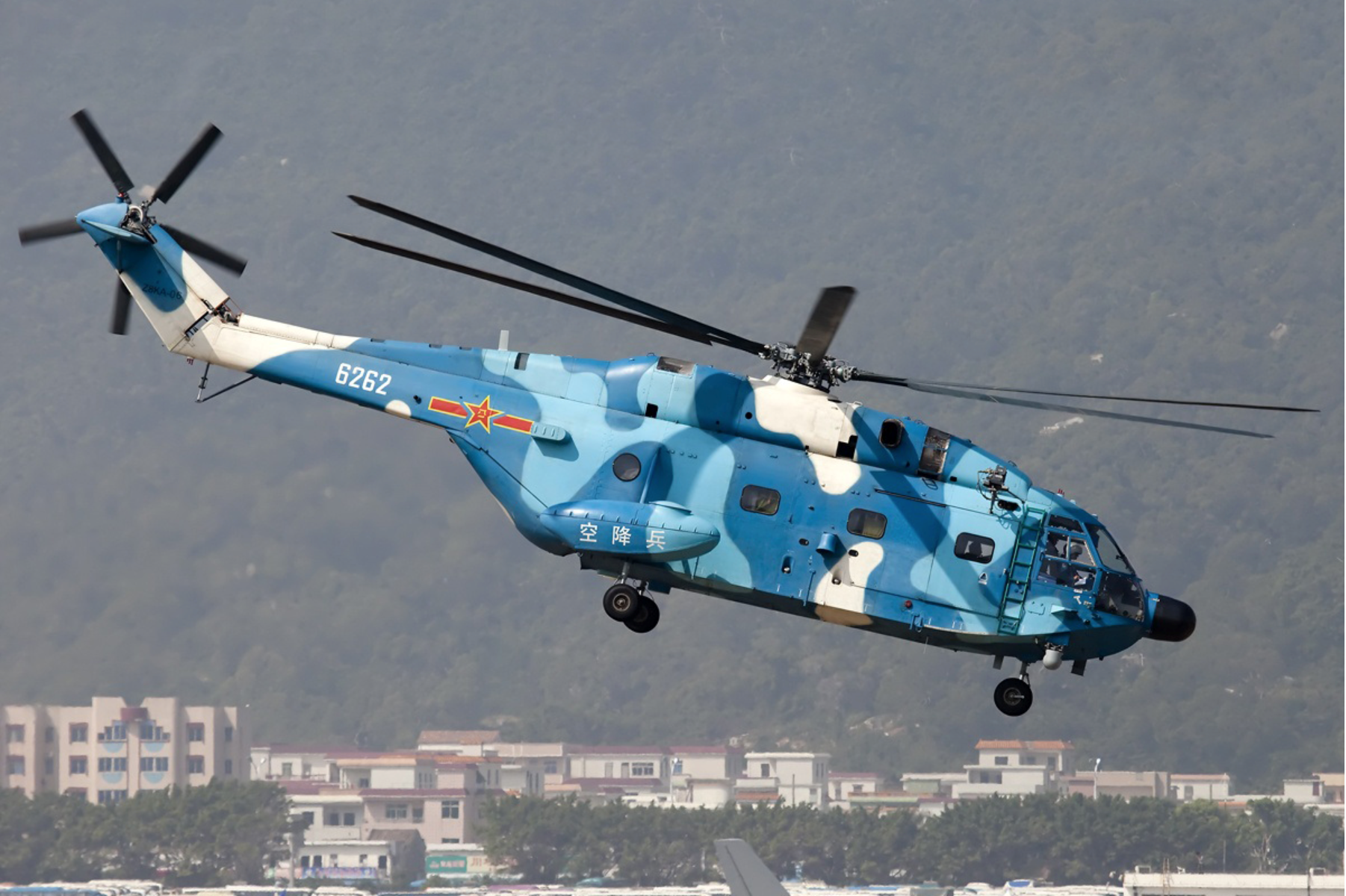“…the CCP is adept at using seemingly innocuous political tools to advance its “united front” strategy, and psychological and cognitive warfare offensives against its targets, including Taiwan.”
Amid tensions across the Taiwan Straits, Taiwan media has been reporting about the Chinese Communist Party’s (CCP) use of cognitive warfare to reunite the two Chinas. One such article was published in the Military Affairs Forum of Taipei Ch’ing-nien Jih-pao (The Youth Daily), a government-sponsored daily that reports on military, government, and general news. According to the accompanying excerpts, the CCP is using non-military, gray zone tactics to change people’s perception of China. The CCP uses both traditional media and various forms of internet media to carry out its war of public opinion, legal warfare, and psychological warfare. As an example, the article describes how the CCP will tell the “Chinese story” in an effort to “expand its influence, create controversies, and widen differences and conflicts.” It transmits false information to various foreign media outlets or “infiltrate social media to disseminate specific messages abroad; and reproduce foreign media reports to shape or embellish [China’s] own image and perception both domestically and abroad.” According to the article, behind the war of influence is the CCP’s United Front Work Department, which is in charge of propaganda; the Ministry of Foreign Affairs and the Central Propaganda Department, which focuses on external propaganda and control domestic public opinion; and the Ministry of State Security, which combines both civilian hackers, who launch cyber-attacks, with false information produced on content farms.
The second article, published in Taiwan’s English-language publication Taipei Times explains, “the CCP is adept at using seemingly innocuous political tools to advance its ‘united front’ strategy, and psychological and cognitive warfare offensives against its target, including Taiwan.” To accomplish this, it resorts to both hard and soft power (i.e. culture, education, sports exchanges, media organizations, and economic means) “to control and manipulate Taiwanese public opinion.” While none of this is particularly new, this recent spotlight in Taiwanese media shows that the cognitive warfare strategy that China uses to win without fighting is persistent, far-reaching, and controlled by the CCP (as opposed to spontaneous, independent media).
Source:
Shu Hsiao-huang, “反制認知作戰 抵禦灰色地帶威脅 (Countering Cognitive Warfare and Resisting Gray Zone Threats),” Taipei Ch’ing-nien Jih-pao (Youth Daily News: Published by the government of the People’s Republic of China), 9 December 2021. https://www.ydn.com.tw/news/newsInsidePage?chapterID=1467725&type=forum
Cognitive warfare is the use of information or various communication platforms to change the mindset of an opponent in order to change his or her behavior. The Chinese Communist Party has been waging a united war against Taiwan for many years, carrying out “The Three Warfares” of public opinion, legal, and psychological warfare. It uses old wine in new bottles, along with both traditional print and electronic media, as well as Internet media (platforms) and other means to carry out its war of influence.
The United Front Department is in charge of propaganda. The Ministry of Foreign Affairs and the Central Propaganda Department focus on external propaganda and control internal public opinion, and the Ministry of State Security combines cyber-attacks, carried out by civilian hackers, with fake information produced on content farms to carry the war of influence.
…(The CCP) shares the “China story” to expand its influence, create controversies, and widen differences and conflicts. The modus operandi includes spreading falsehoods and spreading them rapidly across platforms; it uses foreign media or infiltrates social media to disseminate specific messages abroad; and reproduce foreign media reports to shape or embellish its own image and perception both domestically and abroad.
Source: Change Yan-ting and Paul Chiou, “Resolutions to Engage with China,” Taipei Times (Taiwan based English-language publication), 11 January 2022. https://www.taipeitimes.com/News/editorials/archives/2022/01/12/2003771189
As we embark upon a new year, tensions across the Taiwan Strait continue to heighten by the day.
However, the CCP is adept at using seemingly innocuous political tools to advance its “united front” strategy, and psychological and cognitive warfare offensives against its targets, including Taiwan.
The regime consistently uses soft and sharp power, such as culture, education and sports exchanges, as well as media organizations and economic means, to control and manipulate Taiwanese public opinion.


